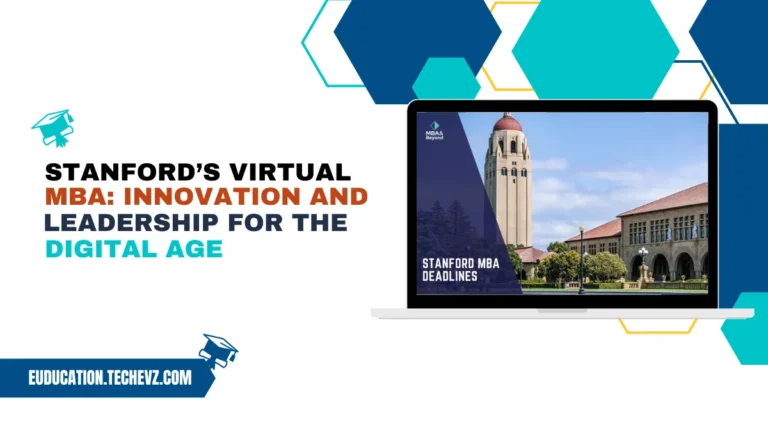Introduction
The MBA application process in 2025 is more dynamic than ever, blending traditional requirements with evolving trends like hybrid learning and AI-driven curricula. With top programs seeking candidates who demonstrate adaptability, leadership, and global awareness, a strategic approach is essential. This guide breaks down each step to help you craft an application that stands out—and avoids common pitfalls.
Step 1: Research MBA Programs Strategically
Begin by identifying programs aligned with your career goals. Consider factors like:
- Curriculum Specializations: Look for schools offering emerging fields like AI ethics or sustainable business.
- Format Options: Hybrid or fully online MBA programs are gaining traction in 2025.
- Networking Opportunities: Prioritize schools with strong alumni networks in your target industry.
Step 2: Ace Standardized Tests (GMAT/GRE)
While some schools have adopted test-optional policies, a high GMAT or GRE score can strengthen your application.
- GMAT vs. GRE: Tech-focused programs may favor GRE, while finance-heavy MBAs prefer GMAT.
- Test Prep: Use adaptive online tools for 2025-specific practice questions.
Pro Tip: Check if your target schools accept the shorter, modular GMAT Focus Edition.
Step 3: Build a Standout Application Portfolio
Your application should tell a cohesive story. Key components include:
- Resume: Highlight leadership roles, especially in remote or cross-cultural teams.
- Transcripts: Address low grades with supplemental courses (e.g., Coursera certifications).
- Essays: Tackle prompts like “How will you leverage an MBA to drive innovation?” with real-world examples.
Step 4: Secure Stellar Recommendations
Choose recommenders who can speak to your growth and impact:
- Who to Ask: Managers > professors, unless you’re a recent graduate.
- Guidance: Share a “brag sheet” outlining key projects and skills to jog their memory.
Step 5: Prepare for Virtual or In-Person Interviews
2025 interviews may blend AI-driven assessments and traditional panels. Prepare by:
- Practicing Behavioral Questions: “Describe a time you led a team through ambiguity.”
- Mock Interviews: Use platforms like Yoodli for AI feedback on tone and body language.
Step 6: Plan Finances Early
- Scholarships: Apply for merit-based awards like the Forté Fellowship for women.
- Loans: Compare federal vs. private options, and look for income-share agreements.
Did You Know? 40% of MBA students in 2025 receive partial scholarships.
Step 7: Submit & Track Your Application
- Checklist: Ensure all materials (essays, LORs, test scores) are uploaded.
- Follow Up: Confirm receipt via the school’s portal and send thank-you notes to recommenders.
Step 8: Evaluate Offers and Negotiate
Compare programs based on ROI, location, and specialization. Use competing offers to negotiate scholarships.
FAQs: MBA Applications in 2025
Q1: When’s the best time to apply?
A: Round 1 (Sept–Oct) offers higher acceptance rates, but Round 2 (Jan) allows stronger test scores.
Q2: Can I apply with a low GPA?
A: Offset it with a high GMAT/GRE, relevant work experience, or post-baccalaureate courses.
Q3: How do I reapply after rejection?
A: Strengthen weak areas (e.g., retake tests, gain leadership experience) and revise essays.
Conclusion
The 2025 MBA application journey demands clarity, preparation, and adaptability. By aligning your goals with the right programs and showcasing your unique value, you’ll position yourself for success. Start early, stay organized, and remember—every essay and interview is a chance to highlight your potential.
Explore Top MBA Programs in 2025 to find your perfect fit.







